Coach Evan Gaudreau is back with a new article: Why box training can take you to the next level. Do you box train?
Why box training can take you to the next level
Can Box training take you to the next level? What’s the alternative? Hit more crosscourts and down the lines? Work on your volleys? Make your forehand bigger? Serve? And so on.
Players from the Club level up to the Professional level still think of playing tennis in halves…the Deuce and the Ad sides. And at the higher levels, they are a bit more consistent (rally pace is deeper and stronger). Depth becomes a necessity. Power also comes into play (players do whatever lifting and sacrifice to their body they must do to stay afloat with the power game).
Since the Aussie Open, I’ve been using my “free time” to watch matches (I’ve watched more tour-level matches this year than I have in my life). I confirmed that the players are playing a form of Serve + 1. That’s what the focus had been on since Federer rose to the top. Federer plays a Serve +1 base strategy on his service games and is a bit more passive (not that much) on return games to keep his service patterns “fresh.” In a nutshell, Roger uses the middle of the court on return games.
Do you need to play highlight reel tennis?
I even went back in time and watched a few Agassi matches and was surprised that I didn’t realize how much he used the middle of the court to “recycle” the point or “zig-zag” his opponent. I was more focused on his shot-making.
Just like when we watch Federer.
Even at the US Open. During qualies week, I walked around and watched matches, and people clapped and cheered after every great shot…not during point play! During regular rallies. It was weird.
Picture playing at the club on Wednesday night, warming up, and your opponent hits a winner in the warm-up. Now picture some random person pounding the window and pumping his fist.
Too many fans and players watch the highlight reels on youtube. Most of the highlight reels have no relevance to the match’s outcome. I know this because I watch the matches.
So, what players do…especially the juniors, is play “highlight” reel matches and look up to their parents like a puppy, “Did I do a good job? Did you see that shot? DO I get a treat now?”
Feel and Power?
Everyone is so engrossed with the Serve + 1. It is important.
But Box training is the next evolution. It’s the future. And some players have already caught on…but a lot are still focused on the basics.
If I want my daughter to go pro and I brainwash her to be mentally tough…and have limitless $$$$, I would have her play ITFs at 15….get her butt kicked for 2-3 years, and watch as she either fell off the cliff or became used to what the level was throwing at her.
So many parents are living through their kids. When I listened to the commentary during the Laver Cup, from coaches to commentators and the Players (other than Fed and Djoker), it was technically based. Buffoonery.
That made me think that some pro players are just funded….hit tons of balls…go through the process (the coaches don’t tell you about it because they want your $$). I was hoping to hear some strategy talk. This makes me come back to the idea that a few players are playing a “thinking game,” and the rest are playing by feel and power.
Cut the court
By cutting the baseline into threes, fours, and fives (not including angled boxes or short boxes), you can manipulate the areas of the baseline in combinations. It’s like adding another die to the mix. With one dice, you have a better chance of controlling the outcomes. With two, it gets more complicated.
People can say, “Isn’t it just hitting to the open court and using the center occasionally? Or vice versa.”
All I can say is, “Go try it for yourself.”
Here’s what you’ll find. If you use two box areas on opposite sides of the court, it’s pretty simple. When you use two that are tight, it gets more complicated. When you add a third box into the mix, it adds to the difficulty. But it also adds to your game. Club players should use three court sections mixed with their Deuce/Ad patterns.
At the moment, I’m going back in time. I’m watching Federer play Dan Evans in the second round of the Qatar Open 2021(Tennis Channel’s series on Federer etc.). I want to see (and confirm) the type of training Federer uses. Federer uses Serve +1 very effectively (He’s The Master). He uses “Open” patterns by serving wide and hitting the first ball to the open court. As he “sets” that pattern up, he will throw in a “backdoor” shot by hitting behind his opponent when he feels his opponent is leaning towards the open court.…and occasionally shoot the first ball to the center of the court. He does throw in Serve and Volley to change it up, also. Or follow his first ball to the net.
Guess or chess?
What happens as the match develops and the opponent is onto the patterns? It becomes a guessing game on both sides. Eventually, the patterns get “snuffed out, ” bringing a higher degree of difficulty for players like Federer. The game gets more volatile and emotional. The match starts riding on a few specific shots, whether they’re hit into the court or missed.
Do you want your match coming down to a couple of shots of make or miss? One interesting thing that came up in the match was how Federer changed what he did with the first point of his service games (In the first set).
This is something I’m looking into this fall. When to switch up specific points during the game and the match.
It makes sense that Federer changed the first point of the service games, mainly when you are serving first. The opponent is coming off a changeover and trying to “plan” for what you did in the previous games, while guys like Federer are planning the “change” in patterns. That throws them off. Then it becomes more of a chess game.
Federer brought us excellent shot-making and has adapted his style over time because of other top players…mainly Nadal and Djokovic. If you watch Fed’s return games, he plays tighter patterns…like using one side of the court or the middle to divert his opponents from his aggressive +1 patterns on his service games. By flip-flopping his strategy on his service games and return games, he can keep a pattern fresh…for a while. But now, with AI being a more significant part of the game at the highest level, those patterns get exposed quickly and must be adjusted.
Change up your strategy
You can play one strategy for the entire match at the early stages of your playing career. And win. You can’t fool a fool.
Eventually, you have to add something when you move up in level. If you lose the first set, you adjust something. Simply put. If you are making errors, you end up making less. And so on.
When you start moving up again, you learn to change something during the middle of the set when you are down. On the reverse side, when you win, as you move up levels, you learn to “open” up your game…. When you get better, you learn to adapt where you are attacking, diverting your first couple of shots, etc.
What you see at the pro level (generally speaking) is a game plan being used in the first sets, and slowly, the game looks to be more instinctual as the match goes on (except by the top players). One reason is that the mind can only do so much, especially when your not executing and emotions start to creep in. Pressure is a killer. It makes the mind go back to a baby’s brain. With coaching being allowed, coaches can keep track of the patterns. (I question this because I hear a lot of nonsense by the coaches when they are mic’d up. “Come on; you got this,” “move your feet,” “play closer to the baseline,” “Play Hubie ball!! I’m sure Hurkacz’s coach referred to the Halloween movie with Adam Sandler, Hubie Halloween.
Re-phrase. Smart, intellectual coaches can make a difference. I hate the word intellectual. How about cerebral coaches who can make a difference? Coaches who are not cheerleaders.
Picking Djokovic’s brain
Could you imagine picking Djokovic’s brain? We all feel he’s playing a different game than the rest. But if you had a choice to take any shot from his game (over the other pros)…would you? Wouldn’t you take Fed’s forehand? How about Zverev’s backhand? Or Fed’s slice? Etc.
Djokovic is doing a form of box training and “packaging” game plans (combinations) based on whom he is playing. The “packaging” is what you would see in the NFL. The New England Patriots don’t show up weekly with the same plays and “hope” for the best…But they used to back in the 70s. The NFL has evolved. Has Tennis?
I see tennis as falling behind. You are playing a kid’s game whenever the game is so focused on technique, looks, and shot-making, like exhibition style.
Djokovic is amazing for many reasons. Mainly, it’s because he can play many forms of box training based on whom he is playing. Alcaraz is the next one. He’s like a new version of Federer, but he’s instituting an upgraded form. Sinner too. Ruud is like the new Murray.
Last winter, I was even teaching my eight-year-old a form of box training with the green dots. And it was cool to watch (she hasn’t picked up a racket since June. She got mad at me for zipping a ball in her direction for talking back to me…The Old school in me. Maybe she’ll play golf).
Box training is the future!
Below is a video of Evan coaching a junior to deal with a heavy slice in the wind.
Whether you are a 1 UTR or a 9 UTR, start breaking the baseline into three areas and hitting different locations (Box areas).
You can hit a three-ball pattern by hitting three different boxes in a row. Then repeat the sequence. You can hit one box twice and move the next shot left or right, depending on where you started. You can make three boxes on the Deuce or Ad sides and mix sequences.
At the club level, Three-Boxing works well in matches. Watch as you three-box them and hit the same location twice….they’re going to go for something crazy (unless they’re a pusher). They’ll want the “madness” to stop and put themselves out of position in which you can take advantage.
Four-Boxing is the next stage. After that, players can work on specific box areas they think they can exploit against specific players. “Packaging.” Like other sports do. For instance, I would like my daughter to be able to use her slice effectively into the ad corner.
1) For recovery
2) For attacks
3) Service line low to set up the forehand
4) Because girls hate slice
So I’m using a form of Box training that I’m building into her muscle memory through live ball and point play so she can “call it up” during matches. At least until Xmas. Why?
Keep evolving
I already see a “level-off” in New England junior tennis. The chase or race to get to 8/9 UTR. The top girls have nowhere to go, and the next crop is catching up. Why? Because they’re training the same old way. Rallying and sets.
It’s like the guy you golf with who says he’s a scratch and plays the same course every Wednesday night. When you take him somewhere else, he shoots a 90. But he’s a scratch at his place. For nine holes, anyway. It’s the ones training the mind, learning new patterns, who aren’t afraid to lose in practice (they see the bigger picture) that are going to leapfrog the others.
Don’t fall behind! Start Box training. Don’t be like Perry from the “Fisher King,” letting the “little guy” flop in the wind. Neverland is not real.
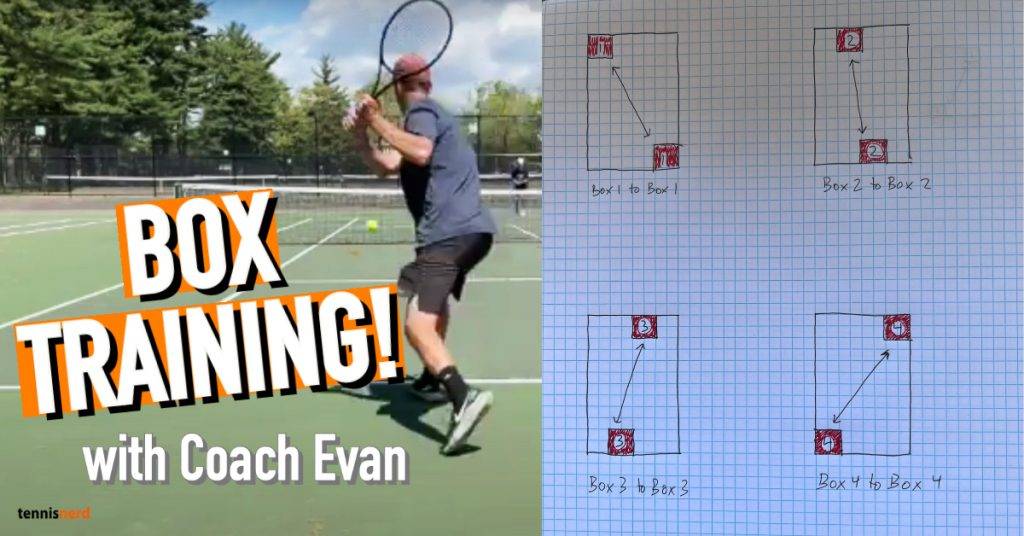
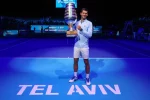
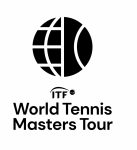
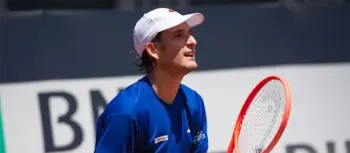
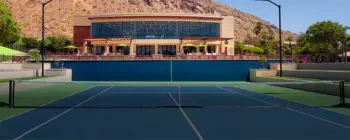
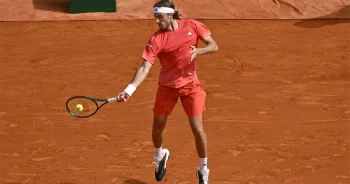
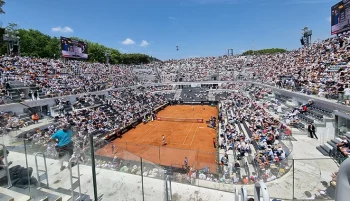
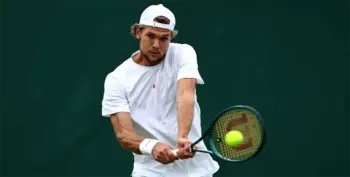
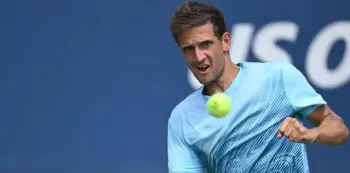
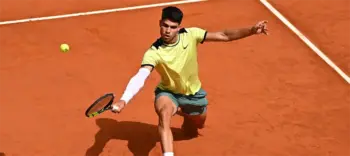
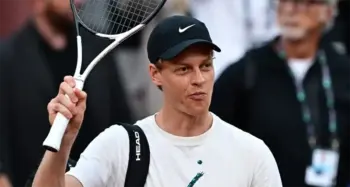
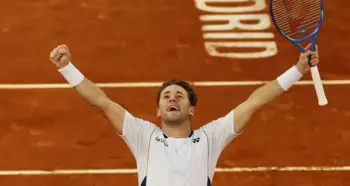
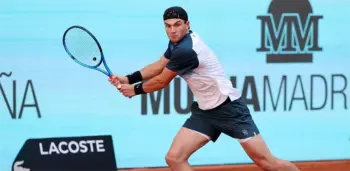
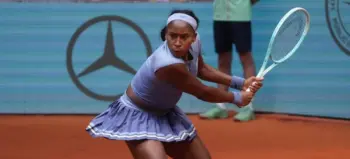
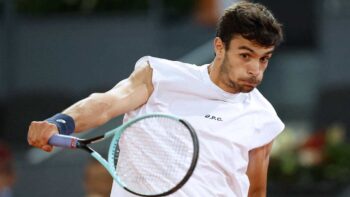

Interesting!
Could you elaborate a bit on the following question:
What is the difference between hitting into a conceptualized box compared to a point?
If I put 4 cones on the court centered at where your box would be and hit towards them with whatever precision I have, would it be different to drawing 4 boxes on the court?
I guess this is mostly a practical problem because it is much harder to mark boxes on the court physically.
What is your experience with doing box training with and without the boxed marked on the court?
Can it be done effectively when the boxes are virtual in your head only?
We need some augmented reality glasses here for the next level training with asymmetric targeting areas based on physics from real time analysis of time, speed and momentum of balls and players.